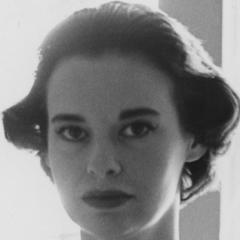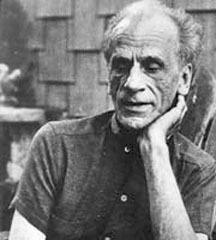Philip Gilbert Hamerton Quotes
Philip Gilbert Hamerton (1875). “The Intellectual Life”, p.325
Culture is like wealth; it makes us more ourselves, it enables us to express ourselves
Philip Gilbert Hamerton (1886). “Human Intercourse”
Philip Gilbert Hamerton (1875). “The Intellectual Life”, p.142
The happiest life is that which constantly exercises and educates what is best in us.
Philip Gilbert Hamerton (1875). “The Intellectual Life”, p.396
Philip Gilbert Hamerton (1882). “The Sylvan Year: Leaves from the Note Book of Roaul Dubois. [Also The Unknown River. An Etcher's Voyage of Discovery]”
Never be afraid of What is good; the good is always the road to what is true.
Philip Gilbert Hamerton (1878). “Modern Frenchmen: Five Biographies”
Philip Gilbert Hamerton (1875). “The Intellectual Life”, p.324
The opinions of men who think are always growing and changing, like living children.
Philip Gilbert Hamerton (1873). “Thoughts about Art”, p.158
Unless a man works he cannot find out what he is able to do.
PHILIP GILBERT HAMERTON (1878). “MODERN FRENCHMEN”
Philip Gilbert Hamerton (1875). “The Intellectual Life”, p.303
Avowed work, even when uncongenial, is far less trying to patience than feigned pleasure.
Philip Gilbert Hamerton (1886). “Human Intercourse”
People have prejudices against a nation in which they have no acquaintances.
PHILIP GILBERT HAMERTON (1878). “MODERN FRENCHMEN”
Philip Gilbert Hamerton (1882). “The Sylvan Year: Leaves from the Note Book of Roaul Dubois. [Also The Unknown River. An Etcher's Voyage of Discovery]”
Philip Gilbert Hamerton (1875). “The Intellectual Life”, p.309
Philip Gilbert Hamerton (1875). “The Intellectual Life”, p.304
Philip Gilbert Hamerton (1875). “The Intellectual Life”, p.433
Philip Gilbert Hamerton, Jules Jacques Veyrassat (1874). “Chapters on Animals”, p.48
Philip Gilbert Hamerton (1886). “Human Intercourse”
Woe unto him that is never alone, and cannot bear to be alone.
Philip Gilbert Hamerton (1875). “The Intellectual Life”, p.324
Philip Gilbert Hamerton (1875). “The Intellectual Life”, p.163







